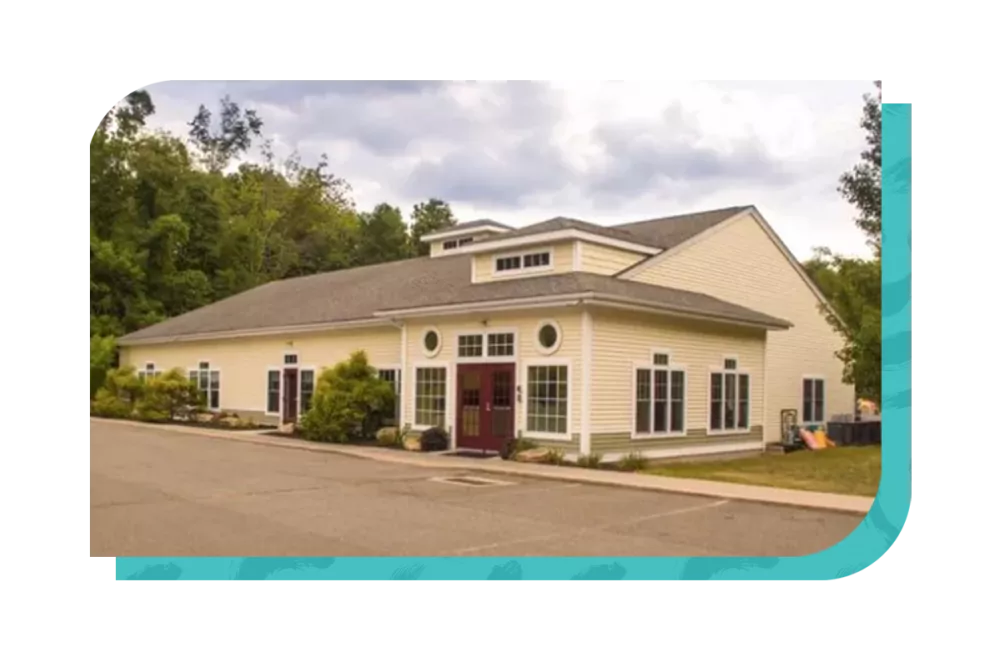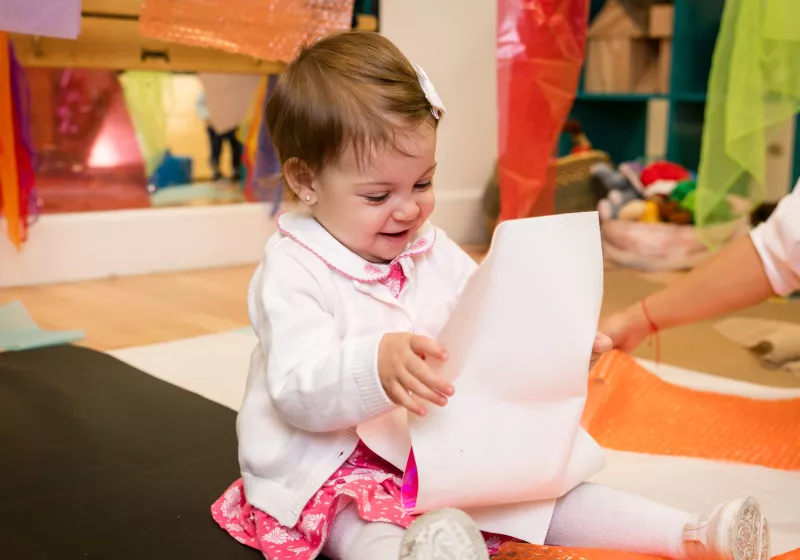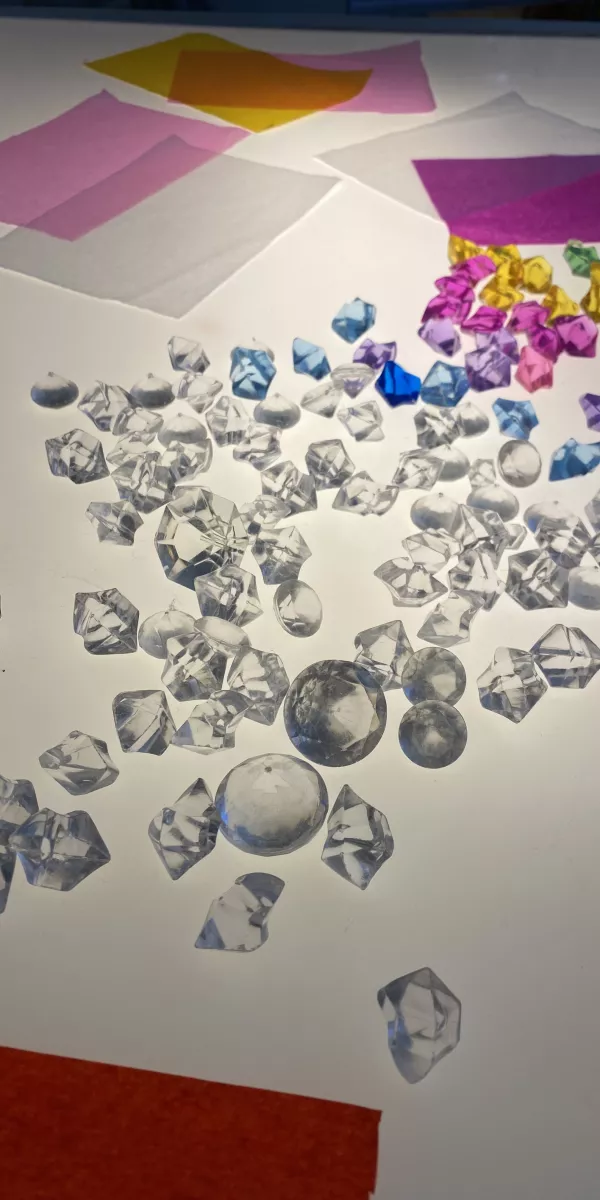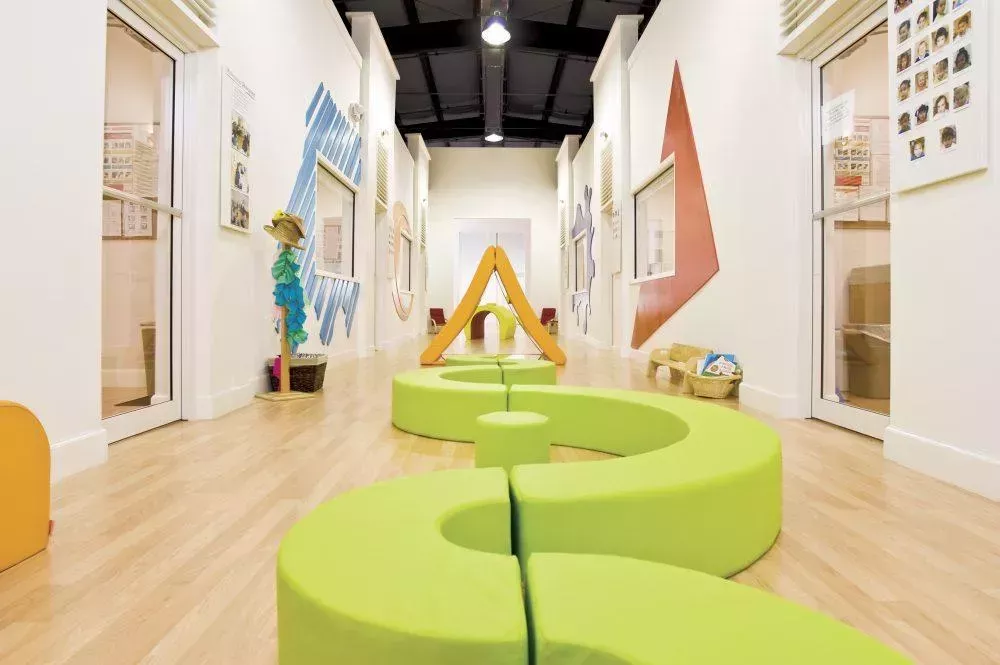Empowering children. Endless opportunities.
Give your child endless opportunities to flourish, and empower them to positively change the world. Why is the Reggio Emilia Approach so amazing? Watch this quick video to learn more about the inspiration behind our innovative approach to early childhood education.





